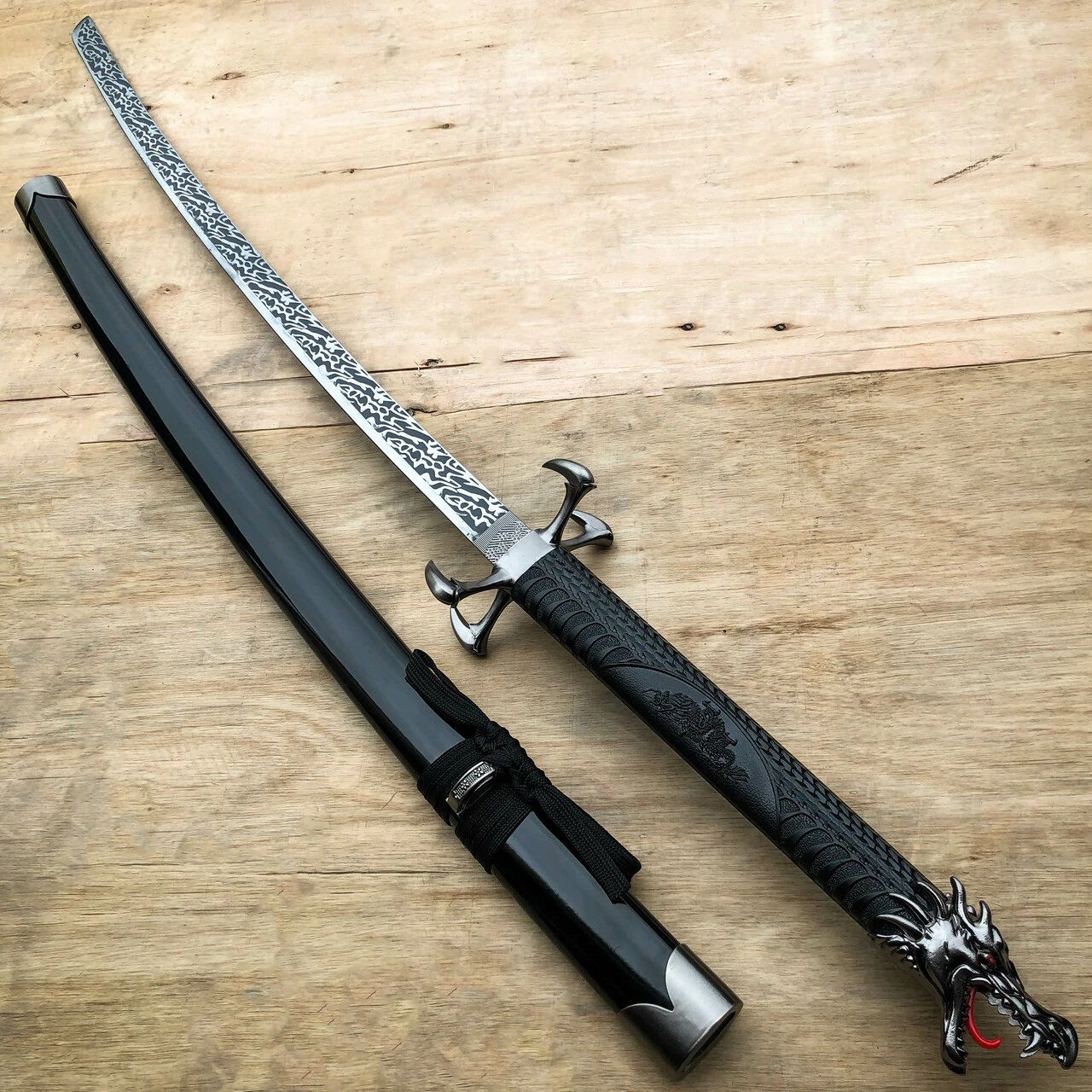A Legacy Forged in Steel
The Japanese sword, renowned for its exquisite craftsmanship and unparalleled cutting ability, holds a revered place in both history and culture. Crafted through centuries of refinement, these blades are more than mere weapons; they embody the soul of Japan’s martial tradition and the spirit of its artisans. Each sword, whether katana, wakizashi, or tanto, carries with it a legacy of skill, honor, and reverence.
Mastery in Craftsmanship
The process of creating a Japanese sword is a meticulous art, requiring the expertise of highly skilled artisans known as swordsmiths. These craftsmen, following ancient techniques passed down through generations, carefully select and fold layers of high-carbon steel to achieve the desired strength and flexibility. The forging process, often accompanied by prayers and rituals, imbues the blade with a sense of spiritual significance, elevating it beyond a mere tool of combat to a symbol of samurai ethos.
The Beauty of Form and Function
Beyond its functional prowess, the Japanese sword is celebrated for its aesthetic beauty. The curvature of the blade, known as the sori, is meticulously designed to enhance cutting efficiency while adding grace to its appearance. The hamon, a distinctive wavy pattern along the blade, results from the differential hardening process and serves as a visual testament to the sword’s sharpness and craftsmanship. Adorned with intricate fittings and often housed in ornate scabbards, these swords are as much works of art as they are deadly weapons.
Symbolism and Tradition
In Japanese culture, the sword holds deep symbolic significance, representing both power and honor. For the samurai, the sword was not only a tool of warfare but also a symbol of their social status and personal integrity. It was believed that a samurai’s sword was an extension of their soul, and to part with it was to surrender a piece of oneself. Even today, the presentation of a sword remains a solemn and meaningful gesture, symbolizing trust, loyalty, and respect.
Preserving a Cultural Treasure
Despite the passage of time and the modernization of warfare, the art of Japanese sword-making continues to thrive. Master swordsmiths, known as ‘tosho,’ carry on the traditions of their predecessors, producing blades of unparalleled quality and beauty. However, the craft faces challenges in the modern era, including the scarcity of skilled artisans and the strict regulations surrounding the ownership and export of genuine Japanese swords. Yet, efforts to preserve this cultural treasure persist, with organizations dedicated to training the next generation of swordsmiths and promoting awareness of Japan’s rich sword-making heritage.
The Japanese sword stands not only as a testament to the ingenuity and skill of its creators but also as a symbol of Japan’s rich cultural heritage. In its elegant form and deadly function, it embodies the ethos of the samurai warrior and serves as a reminder of the values of honor, discipline, and craftsmanship. As long as there are those dedicated to its preservation, the legacy of the Japanese sword will continue to endure, inspiring admiration and reverence for generations to come.
